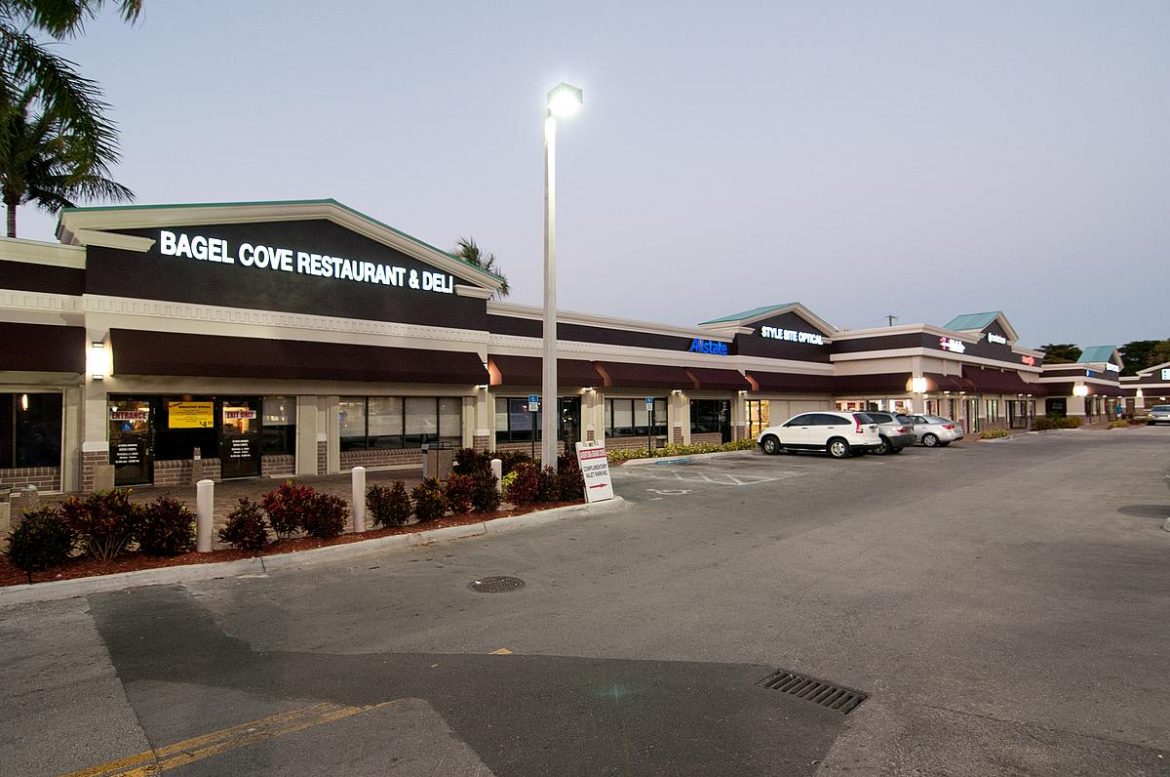Experts predict that sea levels will rise by at least two feet in Miami-Dade County by 2060. The consequences of that alone would be devastating. Entire neighborhoods could be uninhabitable. More frequent tidal floods and increased sea-level rise will damage coastal property and stifle maritime commerce through PortMiami. Further erosion of world-class beaches will hammer the state’s tourism industry that generates nearly $100 billion annually.
Unfortunately, Florida’s aging water infrastructure will only exacerbate the effects of climate change. In 2021, the American Society of Civil Engineers gave the state’s coastal infrastructure, which is supposed to protect beach communities from storm damage, a failing grade. After Hurricane Michael in 2018, basic utilities, such as plumbing, didn’t return to some areas for 10 months. As many in Miami have experienced, shallow water supplies get overrun with floodwaters after heavy rains, leading to boil-water notices and concerns about contaminated drinking water.
As more frequent and more intense storms bring destruction, they also present us with a chance to modernize. We can use this moment to move beyond 20th century infrastructure that lags behind other advanced nations. This is our opportunity to reimagine what the future of water in this country looks like and to make smart investments now that can help us avoid crises in the future. By modernizing the water infrastructure that every American household uses – from ports and wastewater-treatment plants to drinking water and stormwater systems – we can lower costs for communities and families, better protect public health and make neighborhoods, towns and cities more resilient in the face of climate change.
These long-overdue upgrades make economic sense, too. According to a report by the National Institute of Building Sciences, for every $1 investment in disaster resilience, $6 are saved in disaster costs. What’s more, we know that investing in this infrastructure also has the potential to create jobs and boost our economy. In fact, every additional $1 invested in our infrastructure creates $3.82 in economic growth over 20 years. In Florida, infrastructure investment can increase real disposable income for households by $1,600 per year over 20 years.
Click here to read more about this story.

